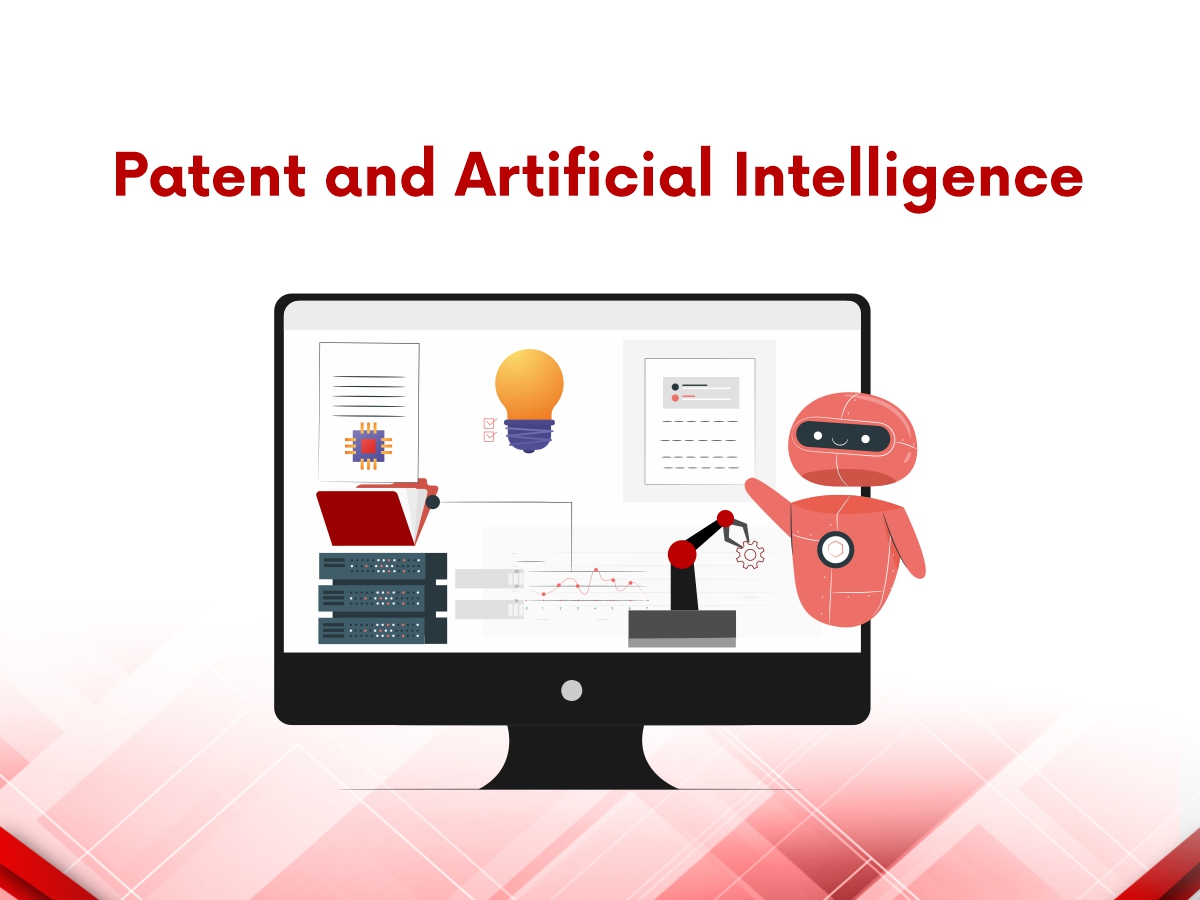
Artificial intelligence is one of the most rapidly developing technologies in terms of patent filings at the Patent and Trademark Office. Annual AI patent applications increased by more than 90% between 2002 and 2019. This increase in AI based patent applications highlights the necessity for applicants to develop a strategy for building a patent portfolio based on their AI technology.
Artificial intelligence (AI) initially appeared in the 1950s, with the phrase being coined in 1956 at the Dartmouth Summer Research Project on Artificial Intelligence.
Since then, more than 1.5 million AI-related scientific articles have been published, and approximately 330,000 AI-related patent applications have been filed.
The most widely used artificial intelligence (AI) approach is machine learning. It appears in 40% of all AI-related patents examined, and the approach expanded at a 25-28 percent annual pace from 2013 to 2016.
Every firm, both tech and non-tech, is filing, strategizing, or preparing to join the AI patent field. However, the approach is not as simple as it appears. While drafting AI-based patent applications, drafters frequently confront difficulties in determining the best approach for writing claims and identifying the application’s precise scope. As a result, it’s critical to understand the issues in depth and come up with realistic solutions before preparing a patent-worthy application. In this post, we’ll look at a few things to keep in mind while writing claims for a patent application that might make an AI patent application stand out.
• Algorithm – A model connected to Artificial intelligence performs intelligent processing.
• Training Technique – The “intelligence” in an AI-related model is enabled by a training methodology and its underlying training dataset.
• A programme or a product that employs a trained AI model to perform a real-world or “tangible” phenomenon with greater efficiency.
While seeking legal protection, it is important to choose which of the three components should be addressed exclusively or in combination while drafting. The patent drafter may encounter one or more of the three primary challenges, depending on the technique chosen:
Patent Ineligibility: The invention or technique may be deemed abstract and hence not patentable. This means it might be categorized as a “abstract notion” if a sequence of actions or procedures were carried out in “thought” or with “pen and paper.” Example: Complex mathematical computations.
Divided Infringement: Divided infringement is the situation in which numerous parties infringe on all of the provisions in an independent claim. As a result, the assignee’s benefit from the invention or technique is reduced.
Infringement Detectability: The ease with which a product or service may be identified for infringing on a patent is referred to as detectability. The underlying patent’s commercialization potential is harmed by the difficulty in detecting infringement.

IPR in the Music Industry: Safeguarding Innovation in the Digital Music Era

Innovation in Automobile Industry: Key Tech & IP Trends to Watch

Protecting Innovation in Fashion: Key IP Strategies Every Fashion Brand Should Implement

From Lab to Table: How Cultivated Meat is Revolutionizing the Industry?
© Copyright 2024 – Wissen Research All Rights Reserved.